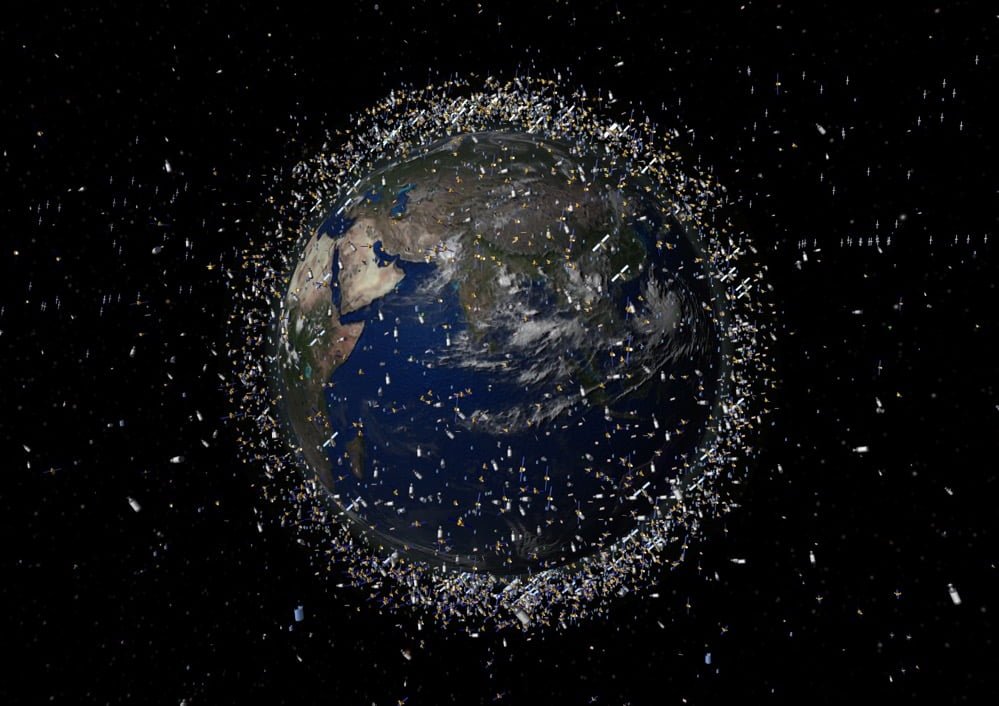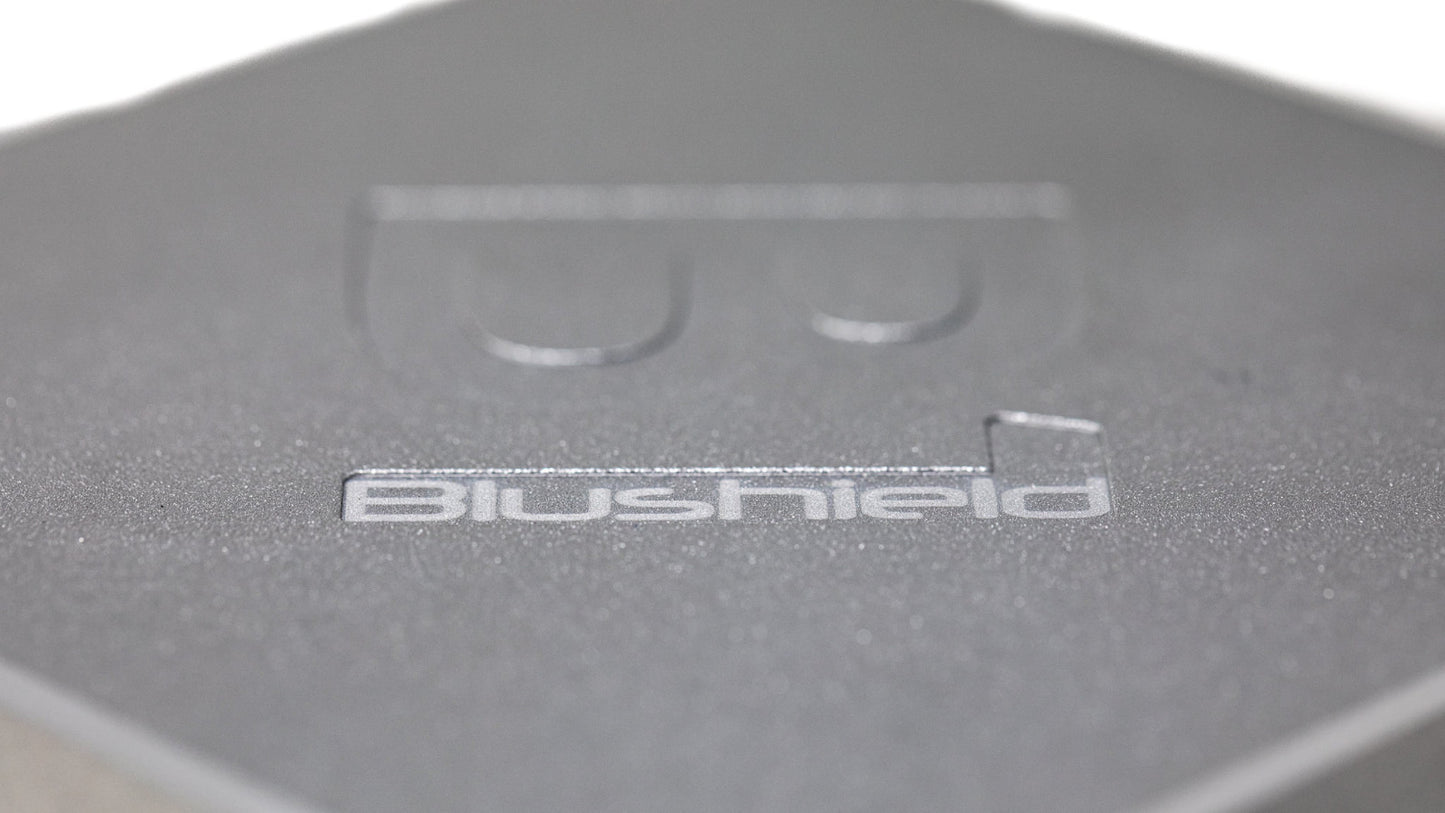
You may be hearing a lot lately about the many issues and complications that will inevitably come along with the mass installation of infrastructure required for 5th Generation wireless technology, more commonly known as 5G. Because of the way 5G works by using phased arrays and beam-forming rays of a predominantly millimeter wave frequency, this laser-focused form of radiofrequency radiation will be highly susceptible to interference from solid objects and weather, and loses functioning at much shorter distances than previous wireless technology that utilized broader waveforms that operate at longer distances and are more easily able to move around physical obstructions.
To compensate for the vulnerability of 5G’s waveforms to distance and obstructions, wireless companies plan on installing small cell antennas about every 100 meters. This so-called densification of wireless infrastructure will massively change the structure of the wireless grid, and there are considerable issues with it, including huge quantities of funds required to build and maintain the infrastructure, aesthetic issues of having exponentially more cell antennas littering our cities and rural landscapes, a much higher quantity of equipment with the potential to malfunction (increasing expenses and posing danger to living things in the vicinity), private property access issues, and the ever-present but never-addressed-by-industry issue of the effects of wireless radiation on the health of humans, animals, plants and insects.
These are some of the issues with the massive land-based buildout of 5G that has already started. What less people are currently talking about is equally problematic: the other half of 5G consists of the launch of over 30,000 5G satellites into lower orbital space.
Adding 5G satellites to over 100 million pieces of space junk – what could go wrong?
The low earth orbit (LEO) level of space is where most of the 5G satellites will be traveling to live out their short (only 5-8 year) lifespans, if they are lucky enough to remain functional anywhere near that long. Scientists are predicting the likelihood that not only will they be destroyed far sooner by colliding with any one of the over 100 million pieces of junk that are currently hurtling through the “space debris belt” at massive speeds, but will then contribute to the already existing load of debris and become part of the problem.In a NASA paper published in 1978, former NASA scientist Donald Kessler described an event he anticipated to be very likely to occur if things continued to move in the direction of increased densification of man-made objects in low Earth orbit. This potential phenomenon is a critical climax now called the Kessler Syndrome event. It refers to the exponential increase in space junk leading to a tipping point, which would in turn trigger a cascade of collisions between orbiting objects. This is likely to happen because two larger objects that collide can literally explode one or both objects into thousands of smaller pieces. Even a very small piece of metal flying through space at 17,500 mph, if it hit an operating satellite, could functionally destroy it. It is currently estimated that the space debris belt contains 128 million small bits of debris, and 34,000 larger pieces. The United States government already spends countless sums of taxpayer money tracking 23,000 hazardous pieces of floating debris, to constantly steer and reroute satellites around any piece of debris to attempt to avoid collisions with the nearly 2,000 satellites that are currently functional. Imagine how much time and money will have to be invested to monitor tens of thousands more satellites, to actively avoid collisions that would destroy expensive satellites, and the eventual catastrophic domino effect that Kessler predicted?
The space debris belt consists of an interesting variety of objects: obsolete spacecraft, pieces of damaged and disabled satellites, broken up nuclear reactor cores, rocket fragments, and even wrenches, screwdrivers, cameras, plastic bags and a toothbrush, according to the federally-funded Aerospace Organization. Because of the speed and momentum in which every little thing orbits the Earth, even a tiny paint fleck can crack a space shuttle window. NASA has had to replace the windows of shuttles on many occasions from run-ins with minuscule debris.
There have already been hundreds of collision and explosion events within the debris belt, including some large events that have singlehandedly created thousands of new floating objects. In 2009, the U.S. Iridium 33 satellite collided with the Russian Kosmos 2251 satellite, obliterating them into 2,000 new objects that now have to be tracked. In 2007, the Chinese purposely destroyed their own FY-1C satellite to test an anti-satellite weapon, creating 3,000 new hazardous objects and significantly increasing the chances of future collisions. This also brings up the serious consideration of space warfare between countries. Anti-satellite weapons can and may be used to target and destroy essential national security and communications satellites operated by other countries, and there is currently no international peace treaty in place to prevent this.
A Kessler Syndrome event, which becomes exponentially more likely as tens of thousands of 5G satellites begin orbiting the Earth, could make lower orbital space inaccessible for hundreds of years. This would devastate military and national security surveillance operations, weather forecasting, airline and GPS navigation, and telecommunications, changing the way our whole society operates.
Solar superstorms & satellite malfunctions
Man-made objects flying through space are not the only threat facing satellites. Solar storms, which we have no control over, can easily destroy satellites or render them inoperable, bringing a cosmic element to the increase in space junk. 10% of the world’s satellite fleet malfunctioned during the 2003 geomagnetic storm. A solar superstorm could cause billions of dollars in damage to functional satellites, power grids and radio communications. Coronal mass ejections (CMEs) are huge eruptions of gas and magnetic fields from the sun, and if they reach the Earth, they can cause significant disturbance to the Earth’s magnetic field, affecting electronics and communication infrastructure. One large CME reaching Earth, which scientists now estimate happens every couple hundred years, could kill the entire 5G internet for a long time. The last big CME happened in 1859.Additionally, many modern commercial satellites are being built with cheaper, lower quality components to cut costs, which are not made to operate in space or withstand potential space pressures and accidents. This will likely decrease satellite longevity and increase the likelihood of malfunctions from solar storms or debris collisions.
Is our obsession with profits & “progress” clouding clear thinking?
Deploying tens of thousands of satellites into space is not a small move, and is something an intelligent society would consider carefully from all angles, with a full and sober assessment of the short and long term consequences. Unfortunately, large sums of potential profits for a small number of people certainly seems to be clouding the thinking of these big decision makers. We still don’t know how 5G radiation blanketing the Earth’s atmosphere from space is going to affect biological life, including the health and well-being of humans, animals, plants, insects and even microbes; our ability to grow food; and the safety of our water supply, since water absorbs and is functionally altered by radiation.This is a massive experiment with a shaky foundation, which can be easily seen by assessing the many previously done studies on radiofrequency radiation’s harmful effects on biology at far smaller scales and doses. And for what? Faster internet that could easily be achieved by wiring fiber optic or copper directly to homes and offices?
Lower orbital space is a vitally important zone to protect and preserve, if we want true progress of society to continue. I’m sure few people can, or would want to, imagine what life would be like without GPS navigation, weather forecasts, and even commercial air travel. Yet, if we continue disregarding and trashing up space so close to the Earth, this could very well happen.
Even closer to us than the low Earth orbit, and just as vital to our lives and our health, is the Earth’s ionosphere and magnetosphere. These will inevitably be altered by constant and prevalent emissions of millimeter wave radiation. All life on earth depends on the delicate balance of the natural electric and magnetic frequencies that need to be maintained in these levels of the atmosphere, including the flight patterns of birds, the survival of the bees that pollinate most of our food supply, the tidal patterns of the ocean, and how the sun reaches Earth facilitating proper plant growth.
Is this worth it for slightly faster internet? Or are there other ways of achieving sustainable internet connectivity without ignorantly tinkering with the foundation of what keeps us alive and healthy?
References:
Business Insider: “Billionaires plan to launch tens of thousands of new satellites. Experts are working hard to ensure this doesn't lead to a disaster that ends human access to orbit.” – https://www.businessinsider.com/space-junk-kessler-syndrome-chain-reaction-prevention-2018-3Journal of Geophysical Research: “Collision frequency of artificial satellites: The creation of a debris belt” – https://agupubs.onlinelibrary.wiley.com/doi/abs/10.1029/JA083iA06p02637
Aerospace Organization: “Danger: Orbital Debris” – https://aerospace.org/article/danger-orbital-debris
The Guardian: “How Dangerous Is Space Debris?” – https://www.theguardian.com/science/across-the-universe/2012/oct/04/astronomy-space
Union of Concerned Scientists: “Record Number of Satellites in Orbit” – https://allthingsnuclear.org/lgrego/2018satellitedata
Cellular Phone Task Force: “5G Satellites: A Threat To All Life” – https://www.cellphonetaskforce.org/5g-satellites-a-threat-to-all-life/

